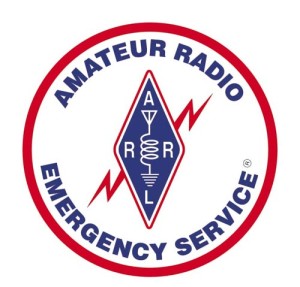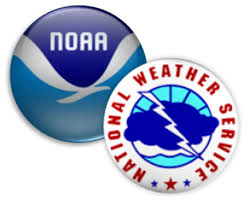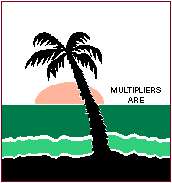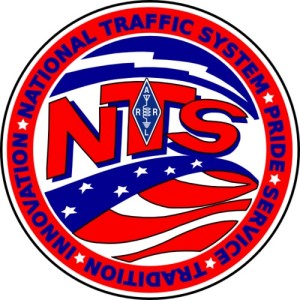WCF SECTION PRESS RELEASE #25-20
NEW WEST CENTRAL FLORIDA SECTION MANAGER APPOINTED
Jimmy Russ AB4KA, was appointed as the new ARRL West Central Florida Section Manager on Thursday June 12, 2025. Russ is succeeding Mike Douglas W4MDD, who is stepping down as the ARRL West Central Florida Section Manager on Monday June 30, 2025, due to personal reasons. Russ’ tenure as Section Manager will begin on Tuesday July 1, 2025, and he will be the 5th Section Manager of the ARRL West Central Florida Section.
ARRL Field Services Manager Mike Walters, W8ZY, officially appointed Russ to succeed Douglas as the Section Manager of the ARRL West Central Florida Section. Russ will now serve for the remaining portion of Douglas term, which runs through December 31, 2026.
Russ made the following comments about his appointment as Section Manager:
“…I am honored to have been asked to serve as Section Manager for the West Central Florida section. I am a life-long resident of central Florida, having been born and raised in Dade City and now residing in Lakeland. I started out as a shortwave listener in high school, and a few years later in 1987 I passed my novice exam at the Melbourne hamfest. Over the next few months I worked my way through the license classes and passed my amateur extra exam in the summer of 1988 and have been continuously licensed since.







